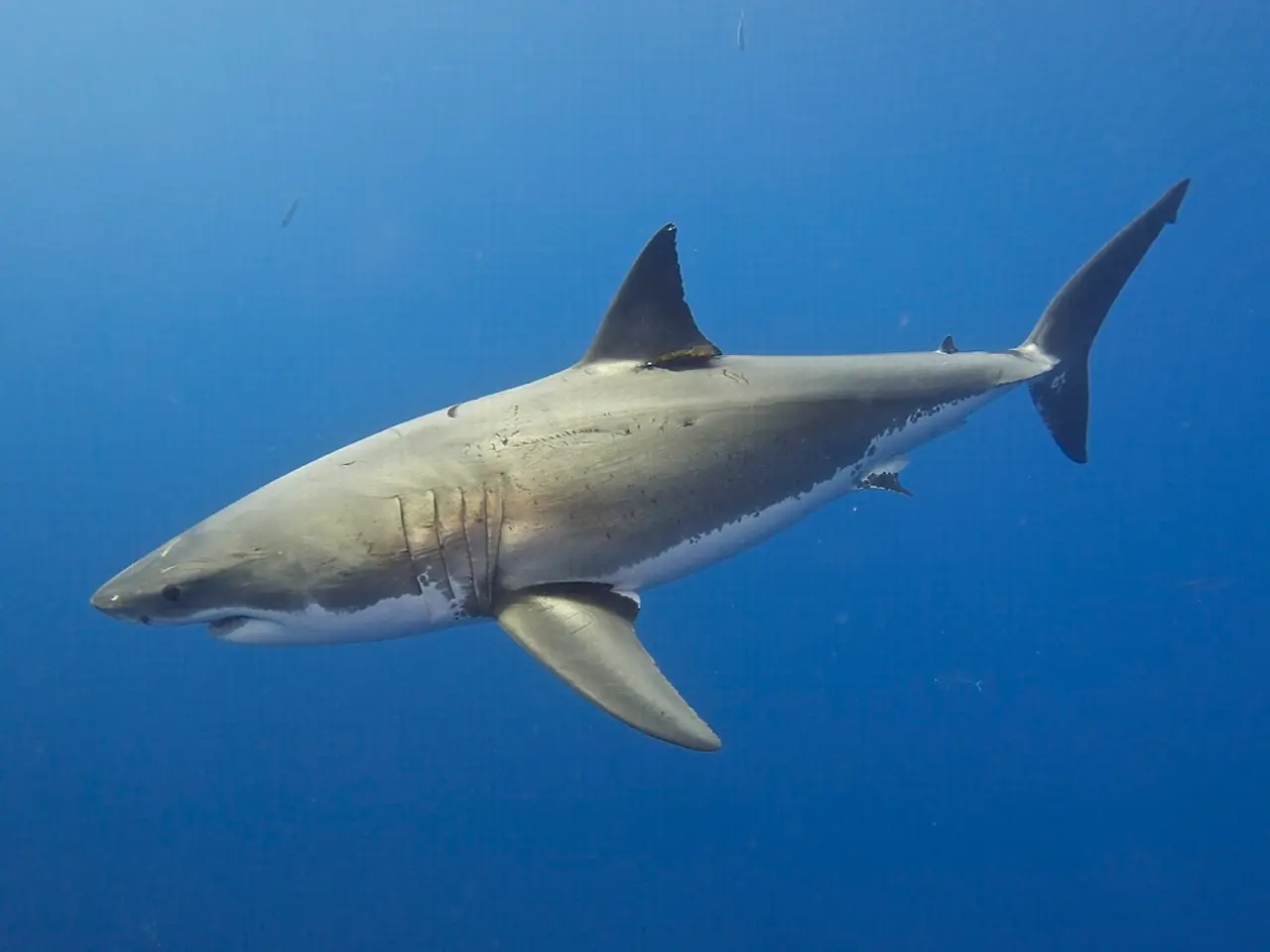The Current State of Megalodons
In the realm of marine life, few creatures have captured the public's imagination quite like the Megalodon. This extinct species of shark, known for its colossal size and fearsome teeth, continues to be a subject of fascination and debate. However, it is crucial to separate fact from fiction when discussing the Megalodon.
In 2013, during Shark Week, the Discovery Channel aired a documentary titled Megalodon: The Monster Shark Lives, which purportedly showed evidence of the modern existence of the megalodon. The documentary, also known as docufiction, included a faux hunt for the megalodon off the coast of South Africa and drew outrage from biologists and loyal Discovery Channel viewers. Despite this, the documentary left many convinced that megalodon could still be alive.
However, it is essential to note that currently, there is no scientific evidence or verified studies supporting the existence of modern Megalodons living today. All credible scientific research indicates that Megalodons (*Otodus megalodon*) went extinct about 3.6 million years ago.
The latest paleontological and genomic studies focus on reconstructing Megalodon's biology and ecology from fossils, mainly teeth and vertebrae. Despite extensive fossil hunting and modern marine research technologies, no recent Megalodon fossils or physical samples have emerged to suggest survival into the modern era.
The body form and ecological role of Megalodon have been inferred by comparing fossils with modern sharks, especially the great white shark. Recent research adjusted perceptions of its body shape and diet but did not imply any modern survivors.
The extinction of Megalodon around 3.6 million years ago is well established through the fossil record and lack of any recent direct evidence. Alleged sightings or claims in documentaries remain anecdotal and are not supported by verifiable scientific data.
One example of such unverified claims is a video from Japan in 2010, which claimed to show scientists at the Mariana Trench catching footage of what "might" be a Megalodon. Similarly, an image in the 2013 documentary appeared to show a megalodon off Cape Town, South Africa on December 18, 1942, swimming amongst submarines.
In contrast, the primary source of knowledge about Megalodon remains the fossil record. Despite extensive research, no recent Megalodon fossils or physical samples have emerged to suggest survival into the modern era.
In conclusion, while Megalodons remain a subject of scientific interest and popular fascination, no scientific studies or credible evidence support their existence beyond the fossil record or unverified stories. It is essential to approach claims of modern Megalodon sightings with scepticism and await the confirmation of verifiable scientific evidence.
[1] Purdy, B. C., & Purdy, D. A. (2016). The Evolution and Extinction of the Megalodon Shark. Smithsonian Institution Scholarly Press. [2] Demere, E. (2013, August 5). Megalodon: The Monster Shark Lives. Discovery Channel. [3] Purdy, B. C. (2018). Megalodon: The Fossil Record and the Search for the Monster Shark. Indiana University Press. [4] Barnes, R. B. (2015). The Encyclopedia of Sharks. Infobase Publishing.
- In the realm of environmental science, the search for concrete evidence of modern Megalodons living in our oceans remains an ongoing endeavor, however, all credible scientific research indicates that the Megalodon (Otodus megalodon) went extinct approximately 3.6 million years ago.
- While the entertainment industry continues to enthrall audiences with documentaries about the Megalodon, such as the Discovery Channel's Megalodon: The Monster Shark Lives, it is essential to approach these depictions with skepticism and wait for verifiable scientific evidence to support claims of modern Megalodon sightings.








